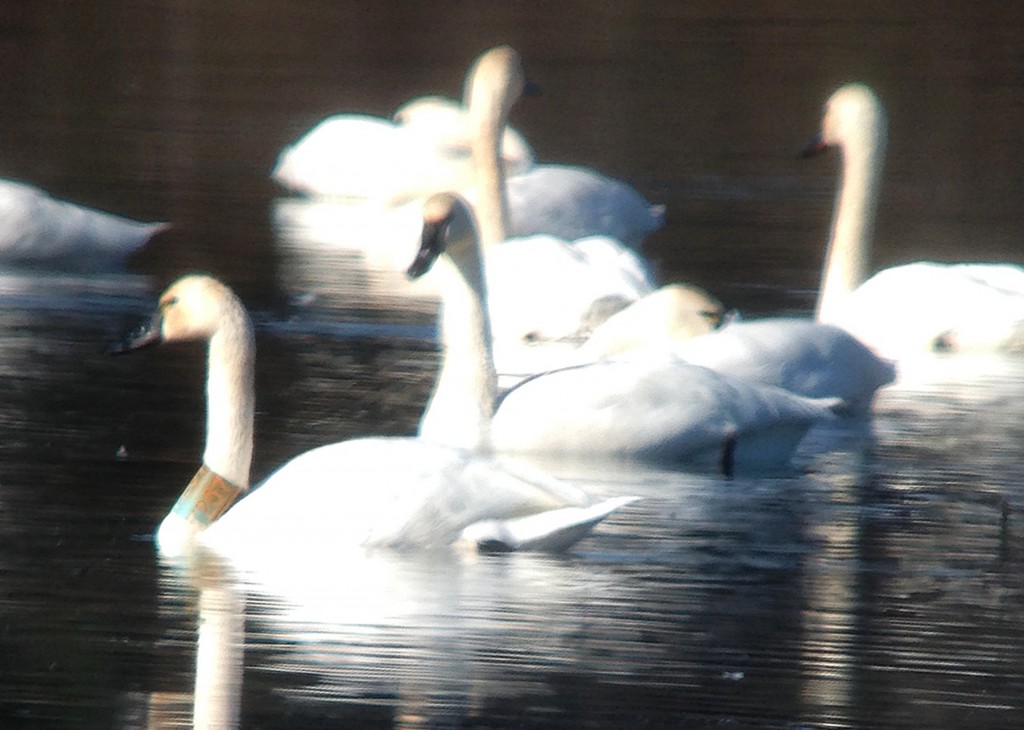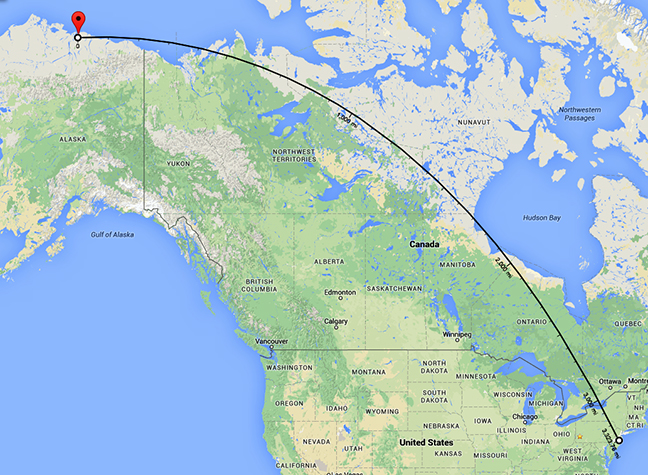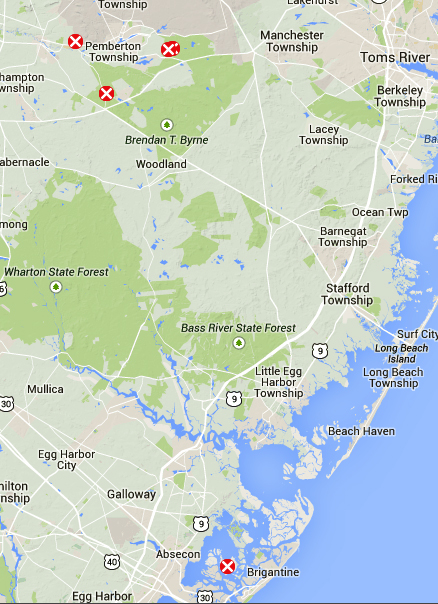Here in central New Jersey we have two celebrity banded birds that have repeatedly returned back to our area. An American Oystercatcher called T2 traveled from its winter home in Florida to Barnegat Lighthouse State Park to breed for at least eight years. You can read about him by clicking here. Our other famous migrant is a Tundra Swan called T207 who has wintered here for at least the past seven years. Today we have an update on the T207 story. But first let’s start with a bit of background.
In November 2013 I became aware of a Tundra Swan with a neck collar that was seen at Whitesbog. Bill Elrick spotted this banded swan but was unable to identify the band number. I went back the next day and was able to read the band identification number through my scope and get documentation photos. After reporting the sighting and photo to the Bird Banding Lab (https://www.pwrc.usgs.gov/bbl/bblretrv/index.cfm), I learned that this swan, T207, was banded about as far away as you can get from New Jersey and still be in North America. This female swan hatched in 2005 or earlier and was banded in July 2006 20 miles from Nuiqsut on the far north shore of Alaska, which is ~150 mi east of Barrow, and only ~8 miles from the Arctic Ocean (70.39306, -150.24361). This was the fourth time that this bird was re-sighted since she was banded, with all sightings being concentrated within a small region of New Jersey. In addition to our Nov. 2013 sighting at Whitesbog, she was spotted in Nov. 2011 near Forsythe NWR (38 miles from Whitesbog), in Nov. 2010 at Whitesbog, and the first sighting that I am aware of was by Bob Cunningham in Whitesbog in Nov. 2008. In other words, if we make the reasonable assumption that she is returning to the site in Alaska where she was hatched and banded, then she is traveling ~6,700 miles round-trip between Alaska and NJ each year!
The wonderful thing about submitting a banded bird sighting is that you are drawn into learning more about that species. I learned that Tundra Swans that breed in Alaska travel southwards in either of two patterns. A population that breeds in western Alaska heads southwards towards British Columbia and then travels further south along the Pacific coast, primarily wintering in California, while a second population that breeds on the north shore of Alaska heads eastward from British Columbia, migrating across Canada and the Great Lakes region to the east coast of the US, with most wintering in the Chesapeake Bay region and the North Carolina coast. Tundra Swans are known to live up to 24 years in the wild, but average a 15-20-year lifespan. T207 is part of this second population.
But would she survive and continue to return to our area? In both November 2014 and 2015 I found her in Reeve’s Bog ~5 miles away from Whitesbog (39.90260, -74.54057), where she was spotted in 2008, 2010, and 2013. Somehow it shouldn’t be surprising that birds have the remarkable ability to travel more than 3,000 miles and then navigate back to the same location, but I’m still amazed. After all it’s 6,700 miles back and forth between here and Alaska, with all kinds of hazards. And if her navigation skills are off by just a little bit, she could end up in a lake just a few miles away and we might never notice her. Interestingly, during the winter of 2015 T207 was found in at least two other local lakes, so even though she returns faithfully to our area, she still moves around locally during the season. On Jan. 9, 2016 she was found in Bamber Lake (Ocean County) by Linda Woodfield, and on Jan. 17 she was found by Bob Cunningham again in Whitesbog.

A digiscoped photo of Tundra Swan T207, Nov. 25, 2015. Her ‘necklace’ is a bit worn and dirty, but it’s still good to see her.
In Dec. 2016 she was found back at her original NJ home of Whitesbog by Scott Fisher, and then Scott re-found her again at Reeve’s Bog on Dec. 21, continuing the pattern of moving around our area during the winter as the local lakes freeze and thaw.
By now local birders are expecting her to show up each year around late November, and indeed today she was spotted at Whitesbog, making it five straight years that she returned to our area. If you’re in the area, stop by and say hello to our local bird celebrity.
Year First sighting
2006 banded in July 2006 20 miles from Nuiqsut, Alaska
2006 sighted 8 October 2006, near Barber Lake, Saskatchewan.
2008 Whitesbog by Bob Cunningham
2010 Whitesbog by Steve Mattan
2011 Forsythe NWR
2013 Whitesbog by Bill Elrick
2014 Reeve’s Bog by Greg Prelich
2015 Reeve’s Bog by Greg Prelich
2016 Whitesbog by Scott Fisher
2017 Whitesbog by Steve Mattan and Bernie Knaupp


